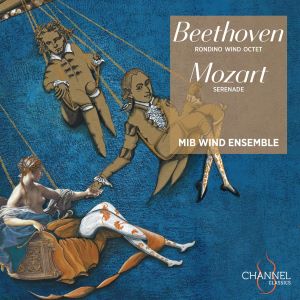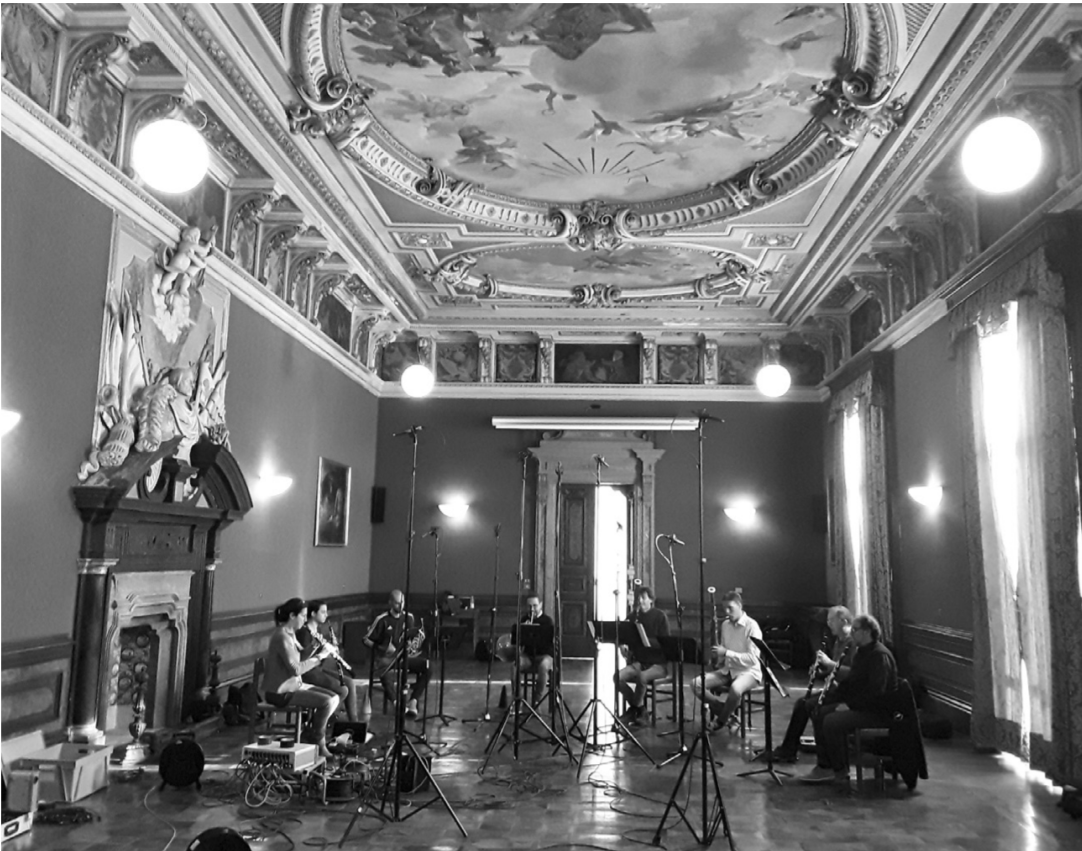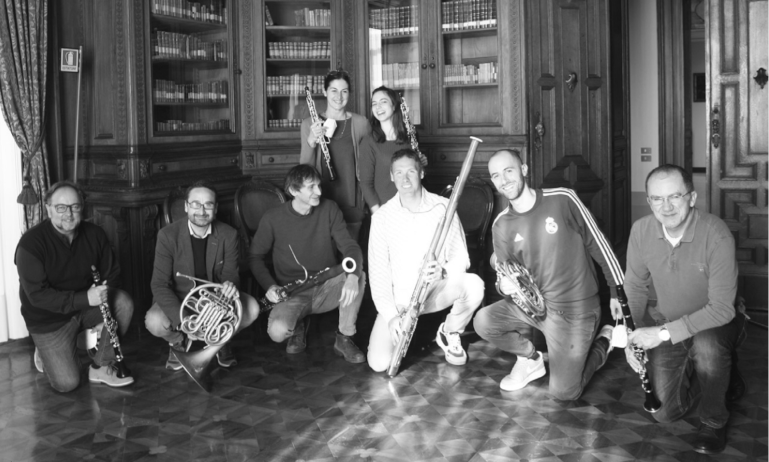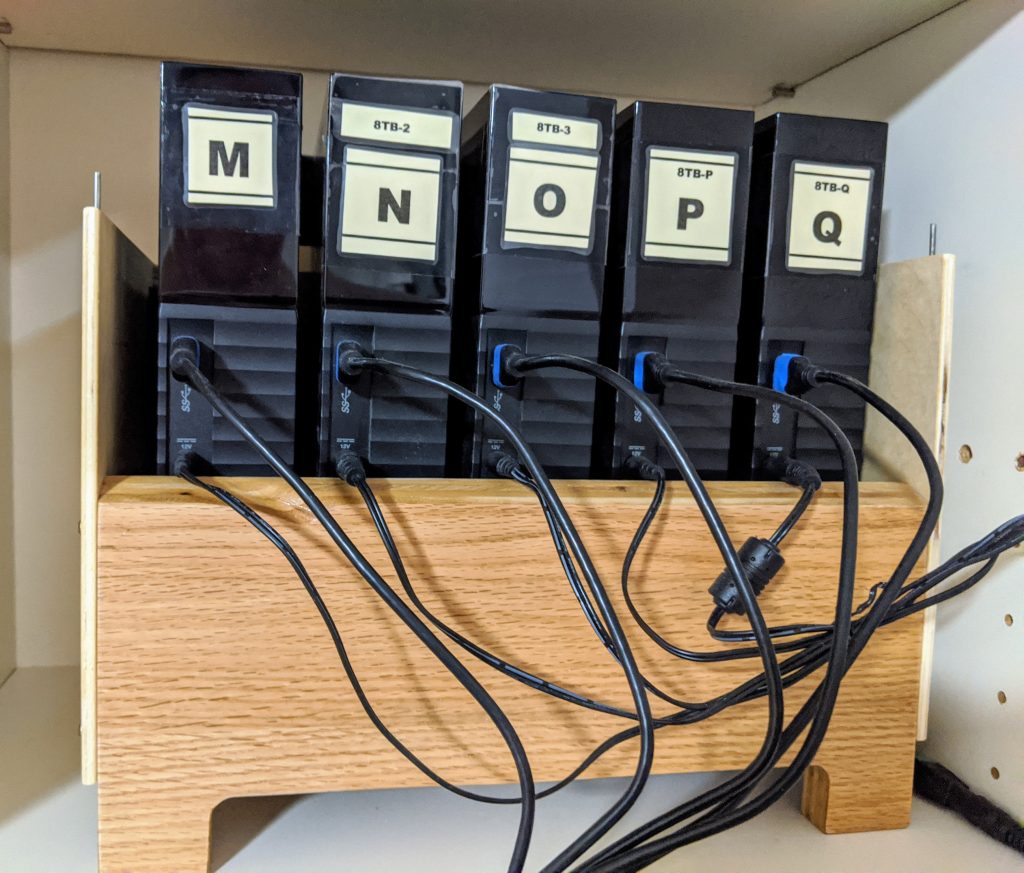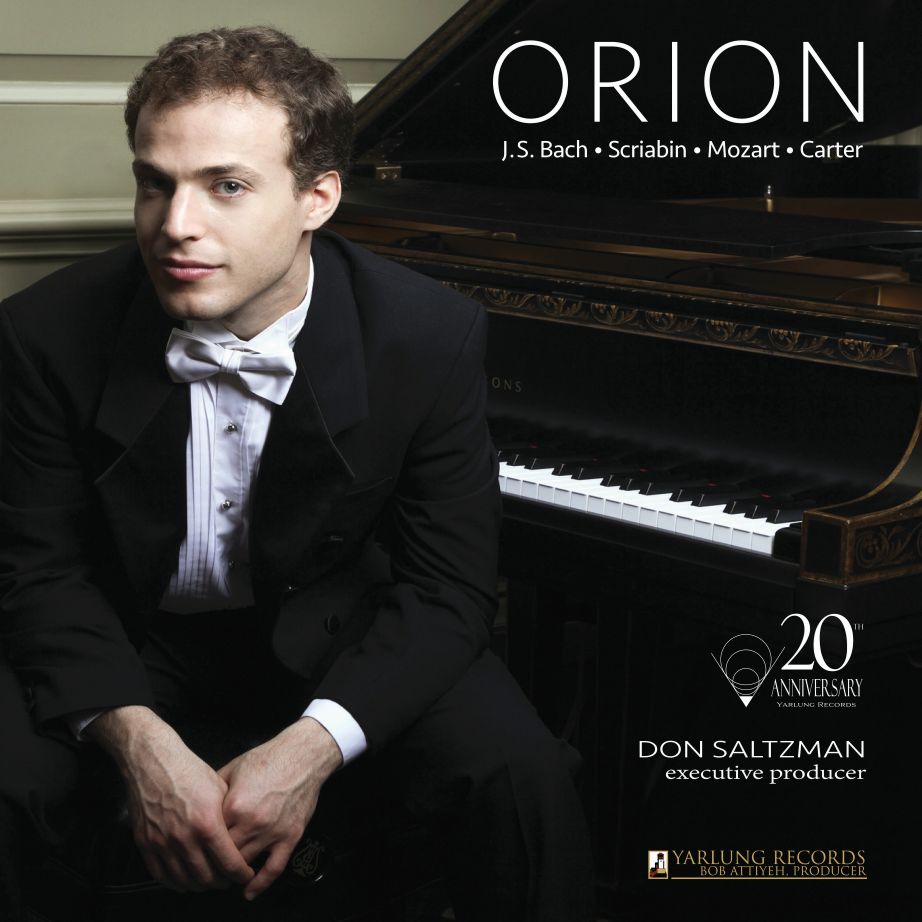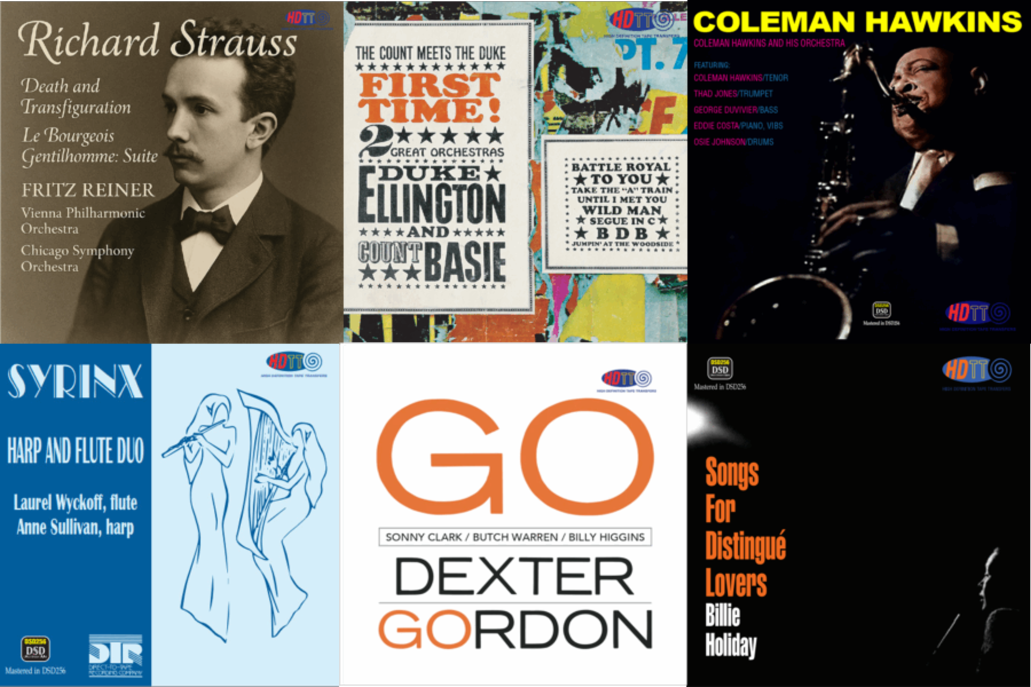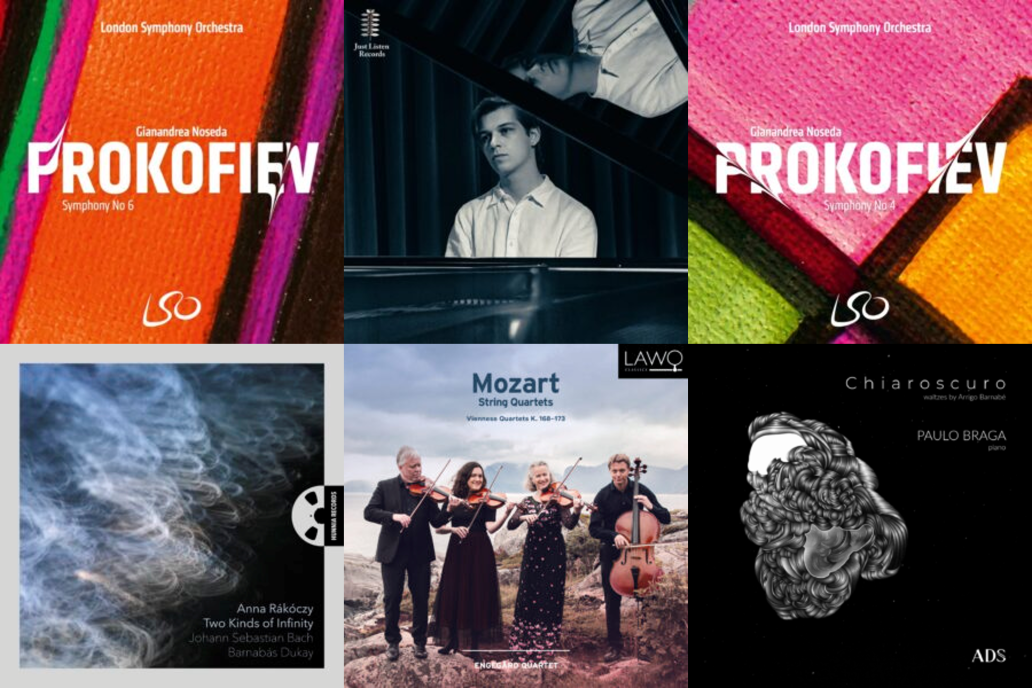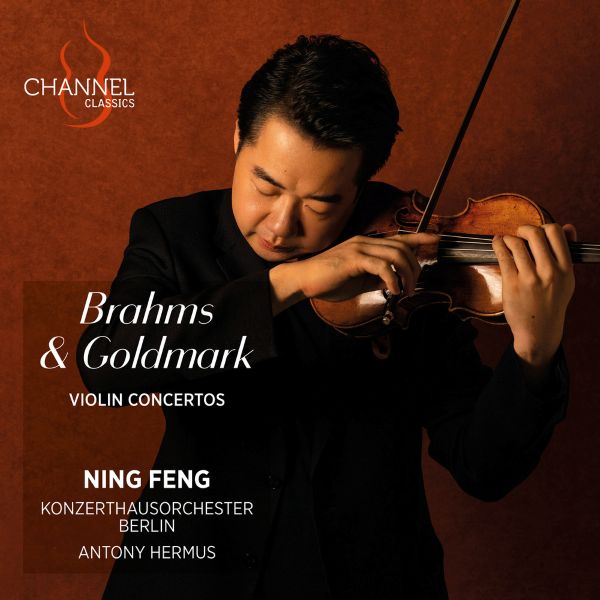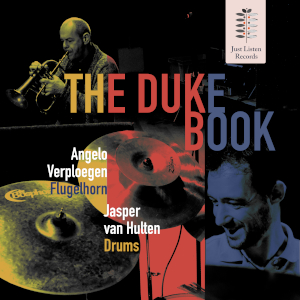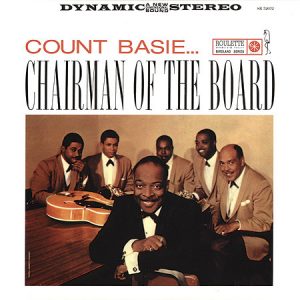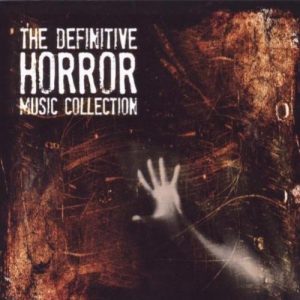Celebrate! Raise joyful noises in the streets because Jared Sacks has released another wonderful album recorded in DSD256. And superb, indeed, is the sound quality of this release.
Mozart & Beethoven: Wind Octets, MIB Wind Ensemble. Channel Classics. 2022 (DSD256) HERE
I am always mindful that wind instruments seem most difficult to capture accurately in a recording. There is something about the timbre of the reed instruments in particular (not so much the horns) that often escapes the recording media, particularly on CDs. Not so in this recording. The timbre and subtle harmonic overtones of all six reed instruments and two horns are presented with clarity, resolution and an inner detail that one does not often hear.
For this sound junkie, the sonic blessings of this album are cause for great celebration.
Could this be the result of recording to DSD256 with only minimal post processing in DXD? I'm inclined to think so. There is a distinctive clarity to DSD recordings, a purity in the sound of the instruments that becomes quite addictive once one becomes attuned to it. To my ear a large portion of this comes from the resolution of harmonic overtones so important to presenting the timbre of the instrument and easily differentiating one from the other. DSD256 accomplishes this when accompanied by excellent microphones, electronics and engineering skill. And Jared Sacks brings it all to this recording.
To check on how this album was put together, I wrote to NativeDSD mastering engineer Tom Caulfield (HERE). Tom was gracious in his reply, telling me: "The recording was engineered and produced by Jared almost a year ago in Italy. It was recorded in DSD256, and post processed in DXD, We take great care in producing the DSD deliverables from the DXD edit master, and when played in DSD, it does sound very analog quality in detail and ambiance." So, not Pure DSD256, but we're close.
Okay, okay, but what about the music? My listening partner says to me quite regularly: "You're always listening only to the sound, never to the music." Well, yes, I'm guilty of that many times, I must confess.
So, the music… Hmmm... Well, it is Mozart. It is Beethoven. It is being performed by uber-talented wind players from several top orchestras. And I like it!
I like that both main works are complex—no fluffy stuff going on in either piece. I like that Mozart challenges one to think about what he is doing with the music. He flips it around, he turns it inside out, he uses dissonance and chromaticism. The music has tension. (What? Mozart? Oh, yes.) And, I like that Beethoven demands of the performers supreme effort, despite composing the work when only in his twenties. And, further, I like that the performers chose to include the Rondino in E-flat Major as the bridging track between the two major works. The Rondino was originally Beethoven's intended finale of the Octet. Even though Beethoven abandoned it and wrote a new finale, I appreciate the original is included here as a standalone piece.
Both Mozart's Serenade in C Minor, KV 388 for wind octet and Beethoven's Octet in E Flat Major, Op. 103 (the two main works on the album) come out of the German Tafelmusik (table or background music) tradition. But both are far too complex, too challenging, to fit into that space. These are not the Tafelmusik of Telemann (much as I enjoy those works). These are works that stand upright, in your face, and demand your undivided attention.
The performances of both works are, in turns, gracious, dance-like, and lyrical. But then they are also alternately dark, foreboding, and menacing. They shift. They morph. They do not stay still. And for that I find them ever-engaging. ("Okay, listening partner, I've now done my duties to the music.")
Our performers on this album are the Italy-based MIB Wind Ensemble, comprised of the lead players from several of the most important Italian and European orchestras (Teatro "La Fenice" di Venezia, Teatro "Carlo Felice" di Genova, Budapest Festival Orchestra, Orchestra da camera di Padova and Veneto). They are reported by Channel Classics to have come together to create opportunities for wind instrument concerts. Here in the U.S. we tend not to hear much about the orchestras of Italy, but the ones I have heard on recordings are indeed highly capable. And, these wind performers certainly reflect a very high degree of technical capability and musicianship—truly world class.
MIB Wind Ensemble
The members of the ensemble studied in prestigious European music schools (Hochschule fur Musik "Mozarteum" Salzburg, Universitat fur Musik Vienna, Hochschule fur Musik Mannheim, Royal College of London) and they have collaborated with the most important European Orchestras (Concertgebouw Orchestra, London Symphony Orchestra, Mahler Chamber Orchestra, Scottish Chamber Orchestra, Orchestra del Teatro alla Scala) under the direction of conductors such as Claudio Abbado, Daniel Harding, Iván Fischer, Myung-Whun Chung, Valery Gergiev and Riccardo Muti.
Members of the MIB Wind Ensemble:
Rossana Calvi, Erika Rampin – Oboe
Corrado Orlando, Antonio Graziani – Clarinet
Andrea Bressan, Dennis Carli – Bassoon
Loris Antiga, Vincenzo Musone - Horn
I'm completely and thoroughly enjoying the music, the consummate musicianship, and the superb recorded sound Jared Sacks has given us in this first recording from MIB Wind Ensemble. I look forward to more. If you enjoy the music of wind ensembles, I recommend you give this recording a listen. I think you will be well-pleased by what you hear.
Photo from the draft booklet, courtesy of Channel Classics




